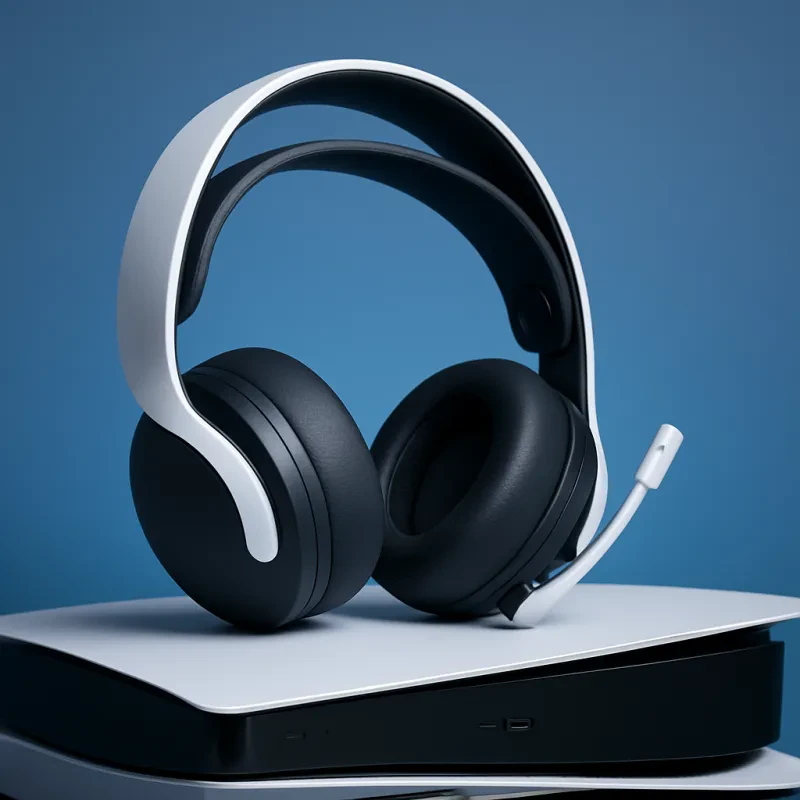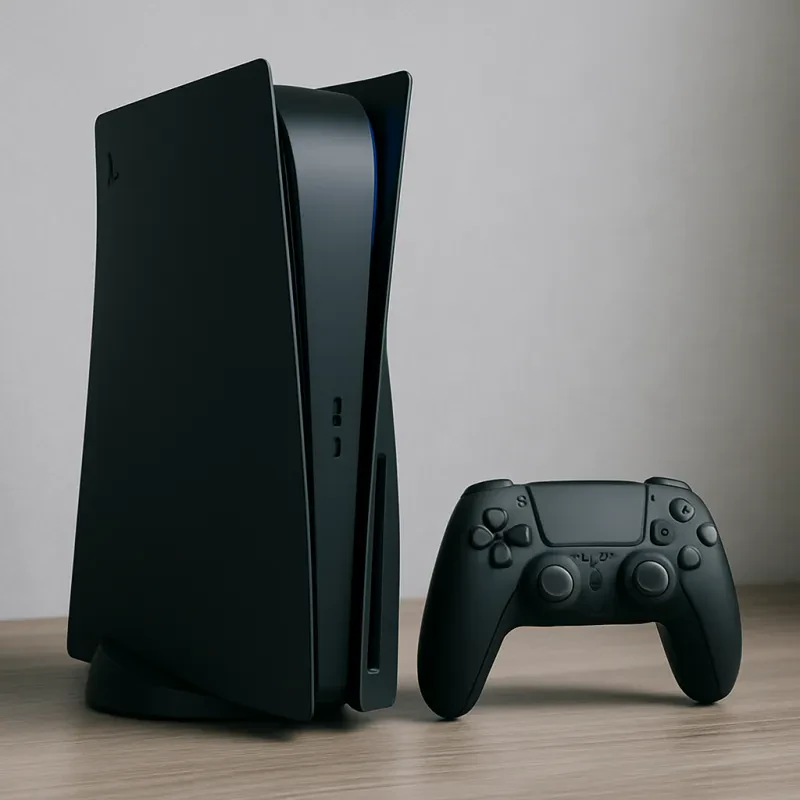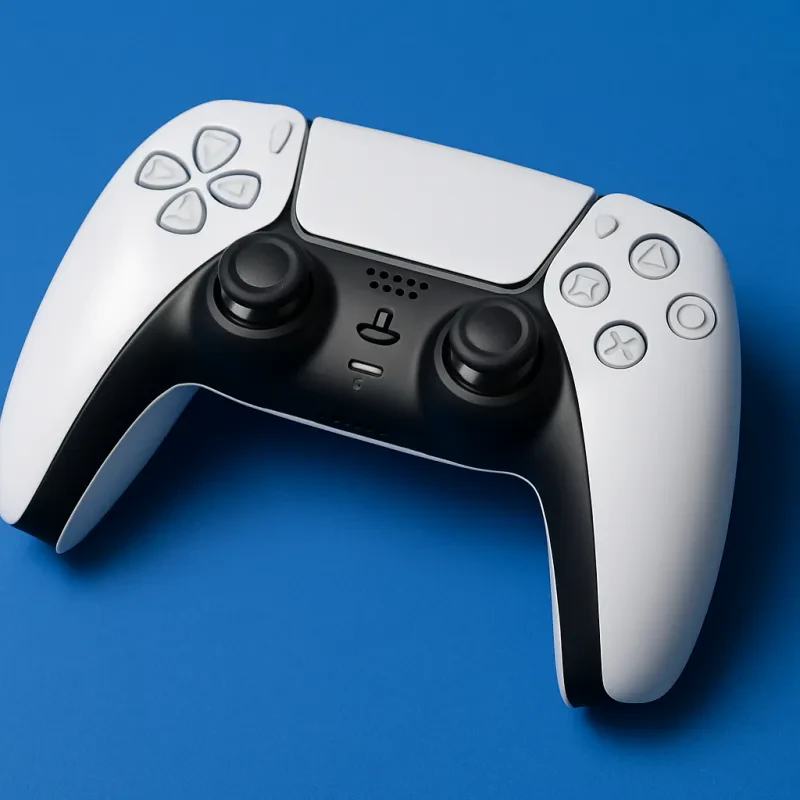When it comes to gaming on the PS5, the controller is your main tool, but sometimes it can be a bit temperamental. There are several common issues that players face with their PS5 controllers. Identifying these problems is the first step to finding a solution and getting back to enjoying your favorite games.
One frequent issue is the controller not connecting to the console. This can be particularly frustrating, especially in the heat of a gaming session. If you experience this, try resetting the controller by using a small pin to press the reset button located on the back. Additionally, ensure that your PS5 system software is up to date, as outdated software can lead to connectivity problems. Remember, to fix PS5 controller connection issues, a simple reset can do wonders!
Another common problem is the infamous "drift" where the joystick moves on its own. This can be highly disruptive during gameplay, leading to frustration. To fix PS5 controller drift, first, clean around the joystick with a soft cloth. If the issue persists, you may need to recalibrate the controller via the PS5 settings menu. If these steps don’t resolve the issue, it could indicate a deeper hardware problem that might require professional repair.
Battery life is also a consideration. Many gamers find that their controller runs out of charge more quickly than they'd like. To prolong battery life, be sure to turn off the controller when not in use and avoid playing while it’s charging. If you frequently need to fix PS5 controller battery issues, consider investing in a charging dock or a second controller to keep the gaming sessions uninterrupted.
Easy Troubleshooting Steps
If you're having trouble with your PS5 controller, there are several easy steps you can take to troubleshoot the issue. First, make sure your controller is charged. Sometimes, a simple low battery notification can cause various performance issues. Connect your controller to the PS5 using a USB-C cable and let it charge for a bit before trying again.
Next, you might want to reset your PS5 controller. This is a straightforward process that can often fix PS5 controller issues. Locate the tiny reset button on the back of the controller, press it using a small tool like a paperclip, and hold it for about five seconds. After resetting, reconnect the controller to your console and see if the problem persists.
Another common issue is connectivity. If your controller is not pairing properly, go to the settings menu on your PS5, select "Accessories," and then "Bluetooth Accessories." Make sure your controller is listed and try to reconnect. If it’s not listed, hold the PS button and the Share button simultaneously until the lightbar starts flashing, then attempt to pair it again.
Finally, if you continue to experience problems, it might be worth trying the controller on another PS5 console or even on a PC. This will help determine if the issue lies with the controller itself or the console. These steps can help you quickly fix PS5 controller issues without having to seek professional help.
When to Replace Your Controller
Knowing when to replace your PS5 controller can save you time, money, and frustration. While many issues can often be resolved with simple fixes, some problems signal that it’s time to invest in a new controller. Understanding these signs can help you quickly identify whether to try a repair or shop for a replacement.
First and foremost, pay attention to the performance of your controller. If you notice persistent issues such as drift, where your character moves without any input, or unresponsive buttons, it might be an indicator that your controller is on its last legs. If the troubleshooting steps to fix your PS5 controller don’t seem to work, it may be worth considering a replacement instead of continuing to troubleshoot.
Next, consider the battery life. A PS5 controller should hold a charge for several hours. If you find yourself constantly having to recharge it or if it dies unexpectedly during gameplay, this can hinder your gaming experience. In cases like these, replacing the controller is often more practical than attempting a battery repair, which may not be worth the effort.
Finally, physical damage is another significant factor to consider. Cracks, broken buttons, or other visible wear and tear can impact how well your controller functions. If the damage is extensive enough that it affects gameplay, it's time to look for a new controller. Maintaining a good-quality controller will help ensure you can enjoy your gaming sessions without interruptions.
Tips for Controller Maintenance
Taking care of your PS5 controller can go a long way in preventing issues down the line. Regular maintenance is essential not just for performance, but also for extending the life of your controller. A few simple practices can help you keep your controller in top condition, making it easier to fix PS5 controller issues when they arise.
First, always ensure your controller is clean. Dust, grime, and moisture can accumulate over time, causing buttons to stick or malfunction. To clean your controller, use a soft microfiber cloth slightly dampened with water or rubbing alcohol. Gently wipe the surface and pay extra attention to the analog sticks and buttons where dirt tends to collect.
Next, consider storing your controller properly when not in use. Make sure to keep it in a cool, dry place, and avoid leaving it in direct sunlight or in environments with extreme temperatures. Additionally, investing in a charging dock can not only keep your controller charged but also provide a designated spot that helps prevent accidental drops or damage.
Lastly, if you notice any early signs of trouble, such as drifting sticks or unresponsive buttons, try to address them immediately. Ignoring these minor problems can lead to bigger issues later on. Follow the steps to fix PS5 controller issues as soon as they emerge, and don’t hesitate to reach out to customer support if necessary. Keeping your controller well-maintained will enhance your gaming experience and reduce frustration during those critical gaming moments!


